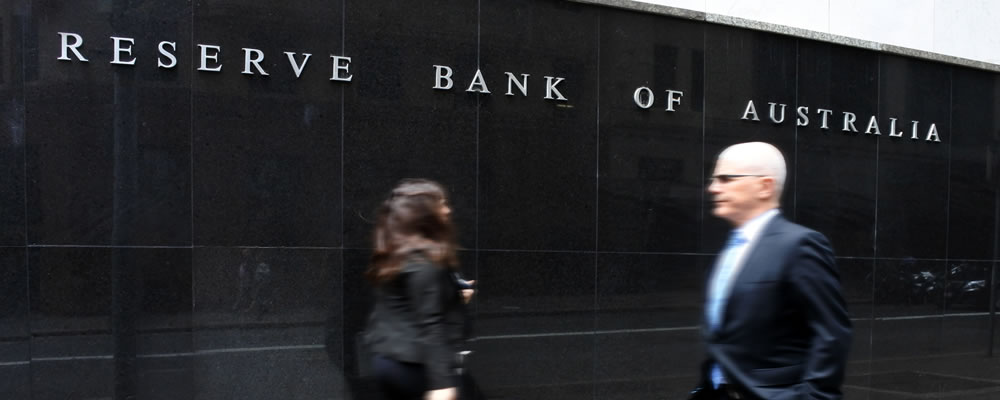- EUR AUD Exchange Rate Near 1.51 – Brief slips to fortnight low of 1.50
- Euro Pressured Despite Strong Data – Australian Dollar benefits from commodity data
- EUR Forecast: Narrow Trade Could Be Ahead – German surplus data on Thursday
- AUD Forecast: Risk-On Movement Could Boost ‘Aussie’ – But recent AU data has been mixed
The EUR AUD exchange rate has tumbled since markets opened this week, despite multiple stronger-than-expected Eurozone ecostats. European Central Bank (ECB) caution, as well as stronger demand for risk-correlated currencies like the ‘Aussie’, have kept pressure on the Euro.
EUR AUD began this week trending at the level of 1.5170. The pair lost over half a cent on Monday evening and as of Tuesday the pair was trending near a two-week low of 1.5092.
Euro (EUR) Fails to Benefit from Strong Domestic Data
Eurozone ecostats published in recent sessions have largely beaten expectations, but despite this the Euro has seen largely range-bound trade and has dropped against risky rivals like the Australian Dollar, which have become more appealing this week.
On Monday, the Eurozone’s final Markit services and composite PMIs for October were published and beat expectations. The overall composite print was forecast to drop from 56.7 to 55.9, but instead came in at 56.
Retail data published this morning was solid too. September’s Eurozone retail sales report was forecast to rise from -0.5% to 0.6% month-on-month, but improved from a revised -0.1% to 0.7%.
Similarly, the year-on-year figure climbed from a revised 2.3% to 3.7%, beating expectations that it would rise from 1.2% to 2.7%.
The data has been enough to help the Euro from weakening too far. Investors have been selling the shared currency from its highs since the European Central Bank’s (ECB) cautious policy decision at the end of October.
The bank decided to keep some quantitative easing (QE) in effect until September 2018 at the earliest, and forecast that Eurozone inflation would drop next year. This caused markets to lose hope that the bank would hike Eurozone interest rates any time soon.
As a result of the cautious ECB outlook and the solid Eurozone data, Euro trade has been mixed. According to Thu Lan Nguyen, FX strategist from Commerzbank AG in Frankfurt;
‘While risky assets have been robust, currency markets have been generally sidelined as there are very little event risks on the horizon and until we see a big surprise in economic data, currency markets will be trapped in tight ranges’
Other Eurozone data has weighed slightly on the currency, adding to its mixed movement. A retail PMI from Markit, published today, slipped from 52.3 to just 51.1. Germany’s September industrial production report was disappointing too, coming in at -1.6% month-on-month.
Australian Dollar (AUD) Supported by Strong Commodity Data
After a few weeks of limp trade, demand for the Australian Dollar has perked up slightly this week. This has been due to both global risk-sentiment as well as domestic central bank news.
Amid a lack of any changes in the Reserve Bank of Australia’s (RBA) tone in recent months, as well as recently disappointing Australian inflation stats, many investors had expected the RBA to take an even more dovish tone in its November policy decision.
However, the bank’s tone was actually largely unchanged from previous policy decisions. According to Ben Jarman from JP Morgan;
‘We’ve had some weaker data recently, particularly on inflation and retail sales. But the fact that this hasn’t changed the language of the RBA is a modest positive for the foreign exchange market,
The RBA does expect consumer prices to remain low for some time. But it does not look like they would change their forecasts in a material way’
On top of this, prices of commodities like iron ore and oil have seen strong performance in recent sessions. This has boosted demand for risk-correlated currencies like the Australian Dollar.
Prices of iron ore, Australia’s most lucrative commodity, have surged as futures in Singapore climbed jumped by 5.8%.
EUR AUD Exchange Rate Forecast: Could Risk Rally Last?
Strong commodity prices and a steady Federal Reserve outlook have left riskier currencies like the Australian Dollar more appealing, but the current risk-rally could still end suddenly.
If investors lose appetite for risky currencies, EUR AUD could quickly regain most of its recent losses and trend closer to the week’s opening levels again.
Data due for publication in the coming days is unlikely to have a notable influence on EUR AUD exchange rate movement.
Trade balance data from France will come in tomorrow, followed by Germany’s latest trade data on Thursday. Industrial production data from some notable Eurozone nations will come in on Friday.
As for Australian data, home loan data will come in on Thursday and the RBA’s latest monetary policy statement will be published on Friday.
If commodity prices remain strong and the US Dollar outlook remakes unchanged, the Australian Dollar is likely to remain relatively appealing, which will keep EUR AUD near its current lows.
EUR AUD Interbank Rate
At the time of writing this article, the EUR AUD exchange rate trended in the region of 1.5111. The Australian Dollar to Euro exchange rate traded at around 0.6615.



